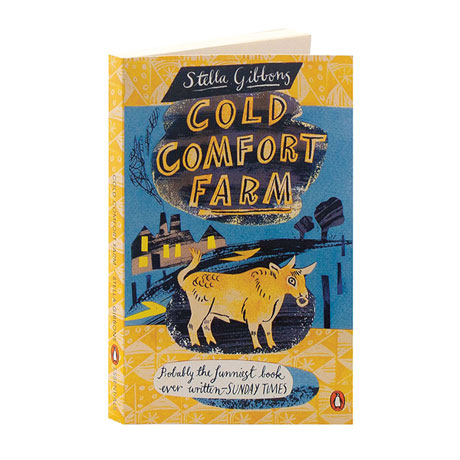
īlue plaque on the North London Collegiate in Camden Town, which Gibbons attended 1915–1921. The couple bought a house in Malden Crescent, Kentish Town, a working-class district of North London, where Telford established the medical practice in which he continued for the remainder of his life. On 29 September 1900 he married Maude Williams, the daughter of a stockbroker. Telford Gibbons trained as a doctor, and qualified as a physician and surgeon at the London Hospital in 1897. The Gibbons household was a turbulent one, with tensions arising from Charles Gibbons's frequent adulteries. He and his wife Alice had six children, the second of whom-the eldest of four sons-was born in 1869 and was known by his fourth Christian name of "Telford". Stella's grandfather, Charles Preston Gibbons, was a civil engineer who spent long periods in South Africa building bridges. The Gibbons family originated from Ireland. Widely regarded as a one-work novelist, she and her works have not been accepted into the canon of English literature-partly, other writers have suggested, because of her detachment from the literary world and her tendency to mock it.

The success of Cold Comfort Farm dominated her career, and she grew to resent her identification with the book to the exclusion of the rest of her output. Her style has been praised by critics for its charm, barbed humour and descriptive skill, and has led to comparison with Jane Austen. Gibbons became a Fellow of the Royal Society of Literature in 1950. After Cold Comfort Farm, a satire on the genre of rural-themed "loam and lovechild" novels popular in the late 1920s, most of Gibbons's novels were based within the middle-class suburban world with which she was familiar. Her first book, published in 1930, was a collection of poems which was well received, and through her life she considered herself primarily a poet rather than a novelist. After an indifferent school career she trained as a journalist, and worked as a reporter and features writer, mainly for the Evening Standard and The Lady.

The daughter of a London medical doctor, Gibbons had a turbulent and often unhappy childhood. Much of her work was long out of print before a modest revival in the 21st century. Although she was active as a writer for half a century, none of her later 22 novels or other literary works-which included a sequel to Cold Comfort Farm-achieved the same critical or popular success. She established her reputation with her first novel, Cold Comfort Farm (1932) which has been reprinted many times. Stella Dorothea Gibbons (5 January 1902 – 19 December 1989) was an English writer, journalist, and poet.


 0 kommentar(er)
0 kommentar(er)
